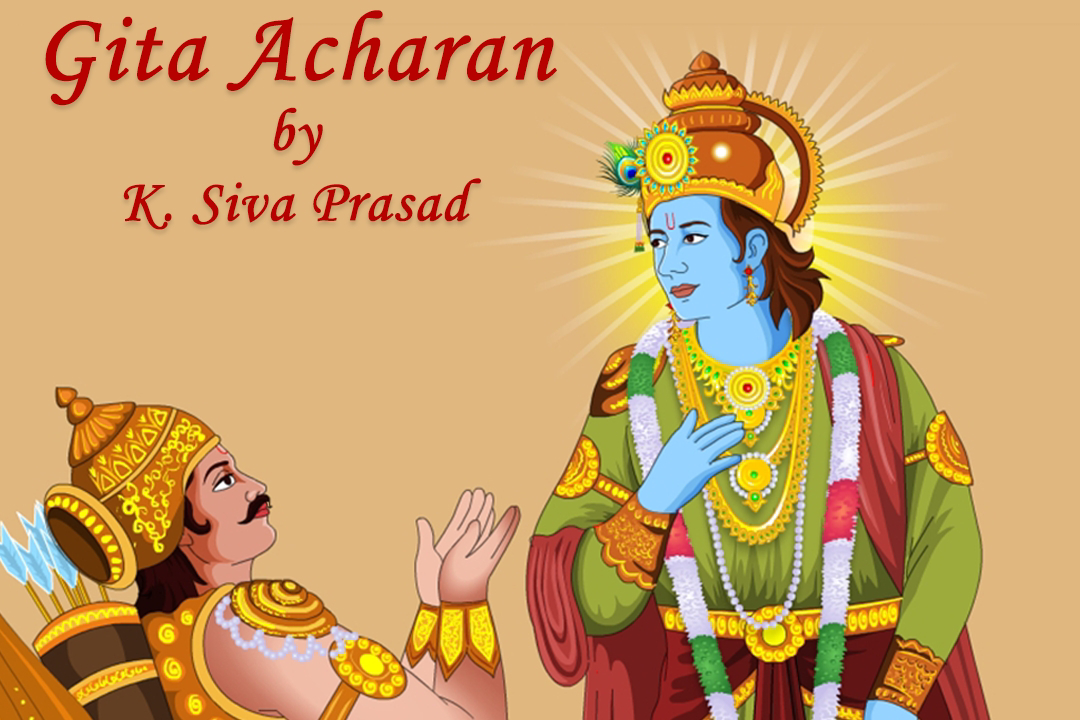214. How and Why

Paramatma is like an eternal ocean and atma is an imperishable drop that is surrounded by the perishable human body. Krishna describes that ocean and says, "Know that brilliance to be mine which residing in the sun illuminates the world, which is in the moon as well as in fire (15.12). Permeating the earth, I nourish all living beings with energy. Becoming the moon, I nourish all plants with the juice of life (15.13). Having become Vaishvanara (fiery power), I exist in the body of living beings, united with prana (inhalation of breath) and apana (exhalation), I digest the fourfold food (15.14). I am seated in the hearts of all beings; and from Me come Smriti (self awareness), Gyan (wisdom) and Apohan (clarifying doubts). I alone am to be known by all the Vedas, am the author of the Vedant , and the knower of the meaning of the Vedas" (15.15). Firstly, Krishna says He is the brilliance of the sun (sunlight) and nourishes all living beings with energy. Plants co...


